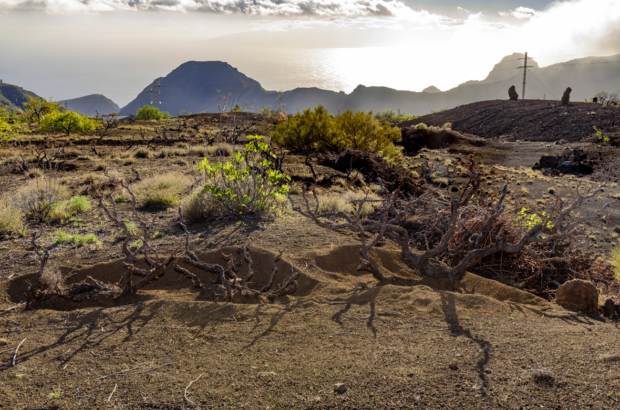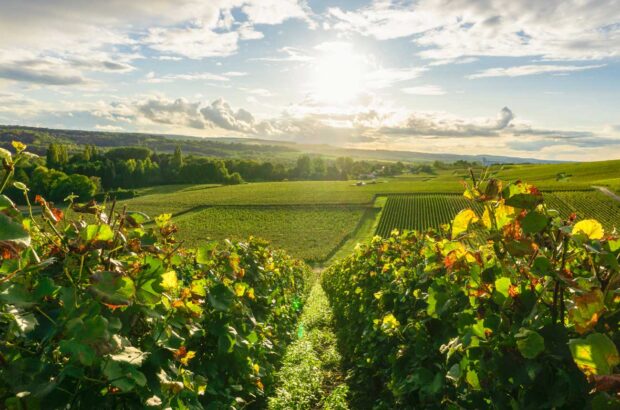South Africa 2005: Keep
Many reports point to the see-saw weather conditions, especially in the weeks running up to the harvest
Weather Conditions
Many reports point to the see-saw weather conditions, especially in the weeks running up to the harvest. In Stellenbosch, South Africa’s main wine region, warm and dry weather was experienced up to January. This helped the flowering, set and ripening process as well as relieving disease pressure on the vines although some vineyards will have experienced vine stress due to the drought.
‘We were blown away by the precocity of the vintage, almost the earliest at Klein Constantia,’ said winemaker Adam Mason, ‘and this year we have almost a degree of alcohol to boot.’
A heatwave hit Stellenbosch in in the middle of January, followed by cool spell and thunderstorms a week later. This delayed the harvest and helped to bring the speed of ripening down a little.
‘The red varieties on unirrigated sites benefited greatly from the rain,’ said Warwick Estate winemaker Louis Nel.
To the north, the Olifants River Valley seems to have been spared the thunderstorms and the climate has remained generally warm throughout. Walker Bay has experienced a similar weather pattern to Stellenbosch, about 75km north-west.







